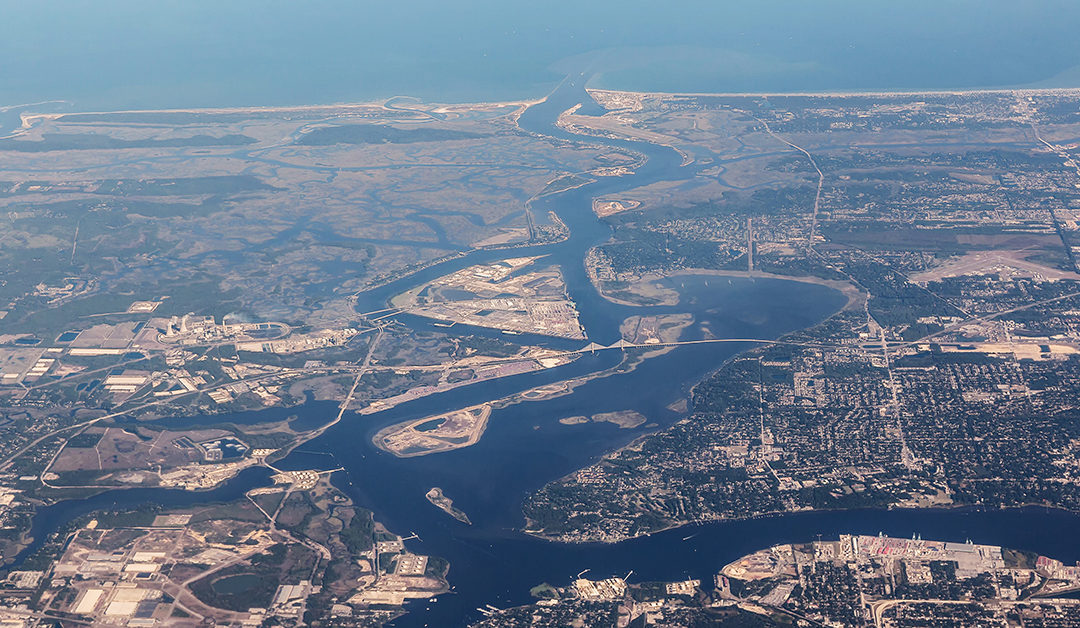September 17-24, 2022 is National Estuaries Week, an opportunity for us to shine a light on the importance of America’s estuaries by showcasing the value they provide to our communities.
The St. Johns River estuary is the section of the river where freshwater mixes with salt water from the ocean. The river’s estuary extends from the mouth at Mayport for almost 100 miles to the south. This combination of salty and fresh water creates a variety of habitats that support a tremendous diversity of microorganisms, fish, and wildlife. As a result, estuaries are some of the most productive ecosystems on earth and often called the “nurseries of the sea.”
According to NOAA, estuaries provide habitat for about 68 percent of the commercial fish catch in the United States and 80 percent of the recreational catch. These thriving ecosystems also provide critical ecosystem services that benefit our communities and the health of our river.
Estuarine wetlands, salt marshes, and grasses filter out sediments and pollutants from rivers and streams, prevent erosion and stabilize shorelines, sequester carbon, absorb flood waters, and help buffer us from storm surges.
Unfortunately, these valuable ecosystems are threatened by development, pollution, invasive species, and global climate change.
The Florida Department of Environmental Protection estimates that 36 percent of the marshes along the St. Johns River in Duval County have been lost, primarily due to dredge and fill activities since 1943.
As a result, we must diligently strive to protect the remaining estuarine marshes, wetlands, and grasses that are so critical to the health and vitality of the St. Johns River.
Here are ways you can help protect our river’s estuary:
- Be River Friendly! Reduce or eliminate the use of fertilizers and pesticides that can run off our yards and pollute our river’s estuary. Learn more.
- Keep your septic system working properly by having it routinely inspected and pumped out.
- Be a responsible boater and angler. Adhere to “no wake” zones – waves can destroy shorelines and cause erosion. Respect wildlife and protect their habitat.
- Join us in advocating for a free-flowing Ocklawaha River. By breaching the dam that blocks the Ocklawaha, we can provide an additional 150 million gallons of freshwater a day the St. Johns River system. This will help to maintain the balance of fresh and saltwater in the estuary and ensure healthy fisheries.
